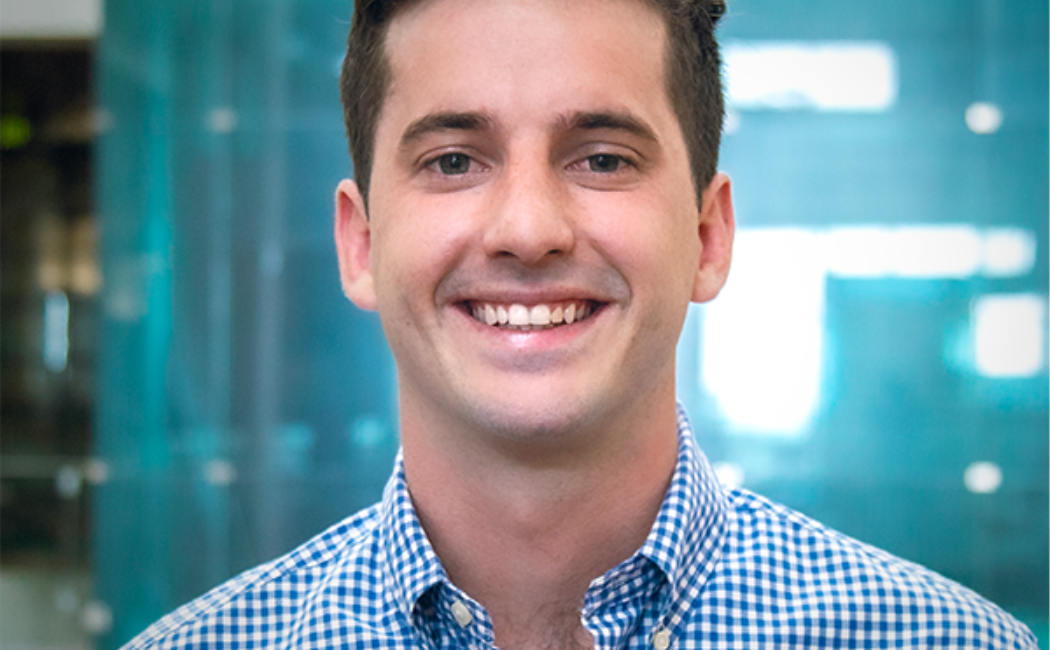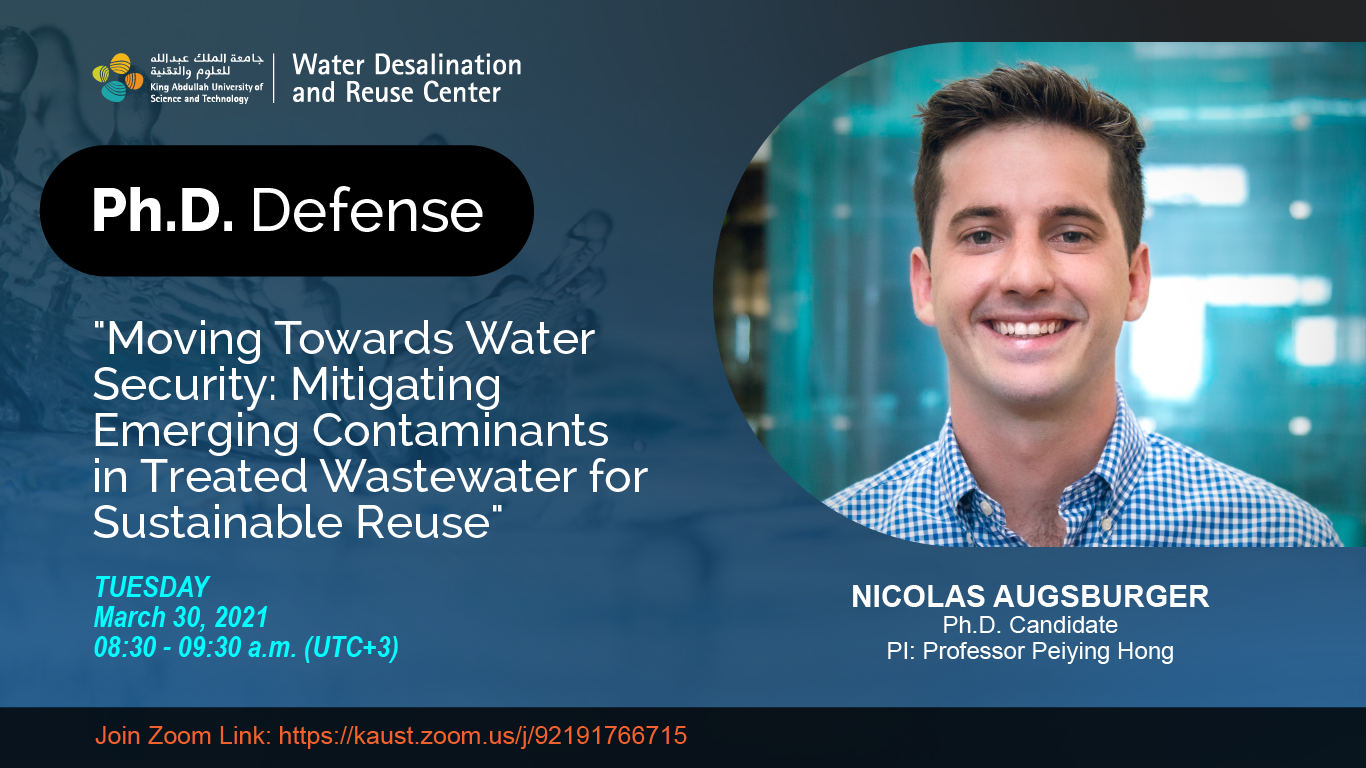



Continuous increases in the interest and implementation of wastewater reuse due to intensified water stress has escalated the concerns of emerging contaminants. Among emerging contaminants there are microbial (antibiotic resistance) and chemical (pharmaceuticals) elements which have been shown to survive wastewater treatment. This dissertation aims to mitigate emerging contaminants by means of understanding and/or developing the appropriate disinfection strategies, with the intention to provide knowledge that would facilitate towards safe and sustainable water reuse.
The first part of this thesis explored microbial risk component of antibiotic resistance. Antibiotic resistance genes are abundant in treated wastewater, and only pose a risk if taken up by potential pathogens through natural transformation. Our results showed that solar irradiation can double natural transformation rates, mediated by reactive oxygen species generation, which led to upregulation in DNA repair and competence genes in Acinetobacter baylyi ADP1. Treatment with UV-C254 nm irradiation also resulted in upregulation in DNA repair genes, nevertheless we observed a decrease in natural transformation rates. These results imply that direct damage of antibiotic resistance genes (ARG) could inhibit their spread and therefore risk, despite other factors contributing to the contrary.
The next chapter in this dissertation postulated that the UV/H2O2 combination would be ideal to treat microbial and chemical emerging contaminants in effluent generated from an anaerobic membrane bioreactor. We demonstrated that at an optimal UV intensity and H2O2 concentration, we were able to achieve a 2 and 6-log reduction of the two antibiotic resistance genes and bacteria and used in this study, respectively, and more than 90% removal of the three pharmaceutical compounds. These observations suggest that UV/H2O2 has great potential in treating effluent with high nitrogen concentrations, preserving the fertilization benefit of AnMBR effluent.
Overall, this dissertation revealed the potential of UV-based treatments for treated wastewater intended for reuse. Post-membrane processes effluent allows one to deploy UV-C254 nm to selectively target DNA and therefore ARB and ARG that may be still present in the treated wastewater. At the same time, coupling chemical oxidants with UV-C (i.e., UV AOP) would further enhance the means to simultaneously oxidize and degrade potentially harmful chemical contaminants.
Nicolas is currently a Ph.D. candidate at the King Abdullah University of Science and Technology (KAUST) under Associate Professor Peiying Hong's supervision. His research focuses on UV-based treatments as a promising tool to target both microbial and chemical contaminants while minimizing adverse downstream consequences. His doctoral work lies in wastewater reuse and specifically on mitigating the risk of emerging contaminants in wastewater intended for agricultural reuse.
He earned a B.Sc. in Biology before joining KAUST. He completed his M.Sc. in environmental science and engineering under Professor Carlos Santamarina while looking at the potential role of microbiology in the context of hydrocarbon reservoirs.